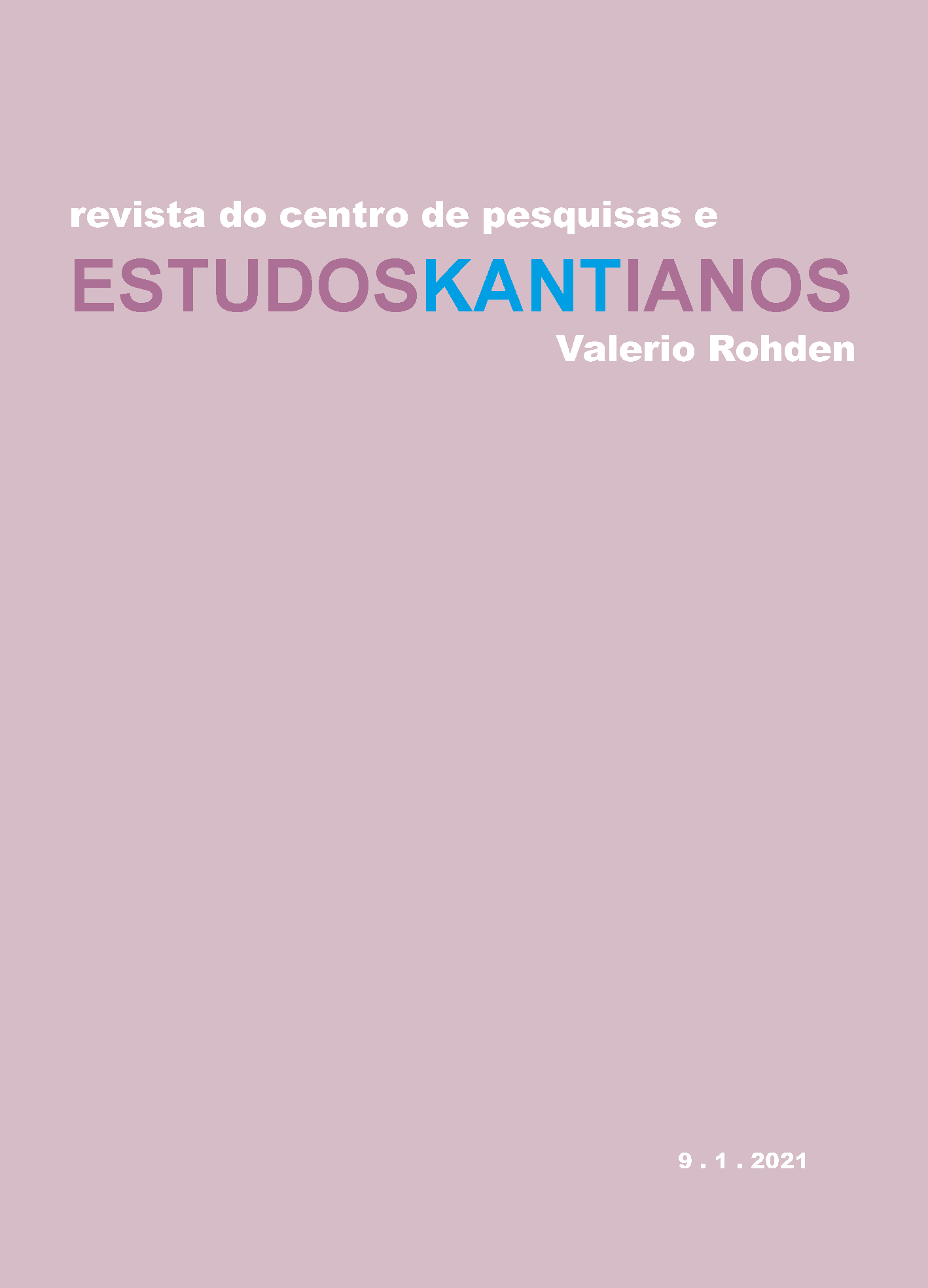In what sense is the Kantian rabble wild?
DOI:
https://doi.org/10.36311/2318-0501.2021.v9n1.p43Schlagwörter:
Anthropology, people, rabble, savage, wildAbstract
When Kant defines the people in Anthropology from a Pragmatic Point of View, he presents the rabble as “the wild multitude”. This article aims to explore what is meant here concretely by “wild”. It starts by investigating the meaning of the word in Kant’s times, before it asks what it means to be a savage in the midst of the civilized people. In a third moment, I explore the links between being unreasonable and being wild, and I argue that the problem of “the wild multitude” is not originally moral, but juridical and epistemic. A last section will explore the relations between ideal peoples with no rabble and empirical peoples with a rabble. I will then conclude over two different viewpoints on a scale going, first, from irrational animals to beings endowed with the capacity of reason and, finally, to rational human beings.
Downloads
Downloads
Veröffentlicht
Ausgabe
Rubrik
Lizenz
Copyright (c) 2021 Kantian Studies (EK)

Dieses Werk steht unter der Lizenz Creative Commons Namensnennung 4.0 International.
![Estudos Kantianos [EK]](https://revistas.marilia.unesp.br/public/journals/16/pageHeaderLogoImage_pt_BR.png)



